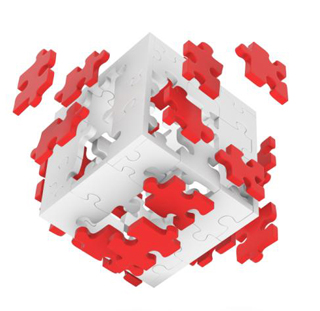 Be careful what you wish for. Most of us probably heard that phrase at some point during our childhood, or perhaps even more recently. The point is valid. When wishing for something we tend to focus on the positives while ignoring the potential negatives. After all, who would wish for something that had a downside?
Be careful what you wish for. Most of us probably heard that phrase at some point during our childhood, or perhaps even more recently. The point is valid. When wishing for something we tend to focus on the positives while ignoring the potential negatives. After all, who would wish for something that had a downside?
This is especially true in technology. As marketers, we’ve been chasing the promise of one-to-one marketing for more than a decade. We wished for new technologies that would allow us to analyze all customer information, let us define customer treatments that are truly individualized, and forecast response rates with unprecedented accuracy. Well, the technology we’ve wished for is here, but let’s not ignore the downside.
Big data can easily become the problem rather than the solution. It provides marketers with a plethora of new and interesting ways to screw up — and to do so at lightning-fast speed. You see, as more information becomes available to us, the odds of interpreting it incorrectly only increase. Are you still trying to figure out why your market basket analysis shows an affinity between bananas and beer for consumers 30–45 years old? It could be because everything in your store has an affinity with bananas. Placing fruit in the liquor aisle won’t have the affect you’re anticipating. Be careful.
More data also makes cherry-picking the data that best fits our preconceived beliefs easy. In essence, anyone can substantiate his or her point of view with Big Data. It’s just a matter of applying the right filters and selectively choosing (consciously or subconsciously) which data to believe. More data makes pure, unbiased analysis that much more difficult to perform.
So now that our IT departments are tagging and storing increasingly more types of data, how do we sift through it all while ensuring that our judgment isn’t clouded by our own personal bias? The answer is we can’t, and that’s the problem. We see what we want to see. Consider a pollster that trusts only polls that show his candidate in the lead. It feels great — for a while.
The truth serum for Big Data lies in complex algorithms and statistical techniques referred to as Big Data science. It’s performed by data scientists that are trained to interrogate numbers without preconceived notions. The findings are statistically relevant and proven valuable in deriving the root causes of very complex problems.
For all the talk and hype surrounding Big Data over the past couple years, Big Data science has received relatively little attention. Much of the dialogue has focused on new data management and visualization technologies. That’s not to say that these aren’t both really cool topics of discussion, but they’re not the Big Data endgame. The endgame is to intelligently decipher Big Data in time to influence real-time customer interactions. Until then, Big Data may burden your analysis rather than help it.
So the next time you wish for more data, be careful because you may just get it. And if you do, employ some unbiased data science that challenges your thinking. You’ll be thankful, even if it contradicts what you thought you wished for.
Todd Higginson is vice president of product marketing at Opera Solutions. He has spend the past 15 years developing product marketing strategies for Fortune 500 companies and venture-backed firms focused on analytics solutions and Big Data technology. Prior to joining Opera Solutions, Todd performed a variety of executive roles with Roambi, ID Analytics, and Teradata. He holds a BS in aviation from Ohio University and an MBA from the University of Dayton. He currently resides in San Diego, CA.
Note: This article originally appeared on The Hub.


